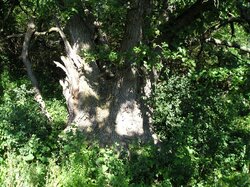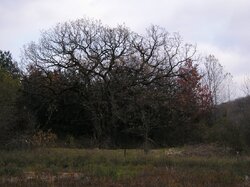Hello all,
I live on a hickory and oak woodlot and would like to maintain the mix of hardwood that I have. From my research into coppicing it seems very simple to do. I've already dropped all the accessible standing dead. So now I need to cut down live wood now. Any advice from folks who have experience coppicing?
I live on a hickory and oak woodlot and would like to maintain the mix of hardwood that I have. From my research into coppicing it seems very simple to do. I've already dropped all the accessible standing dead. So now I need to cut down live wood now. Any advice from folks who have experience coppicing?
Last edited:



